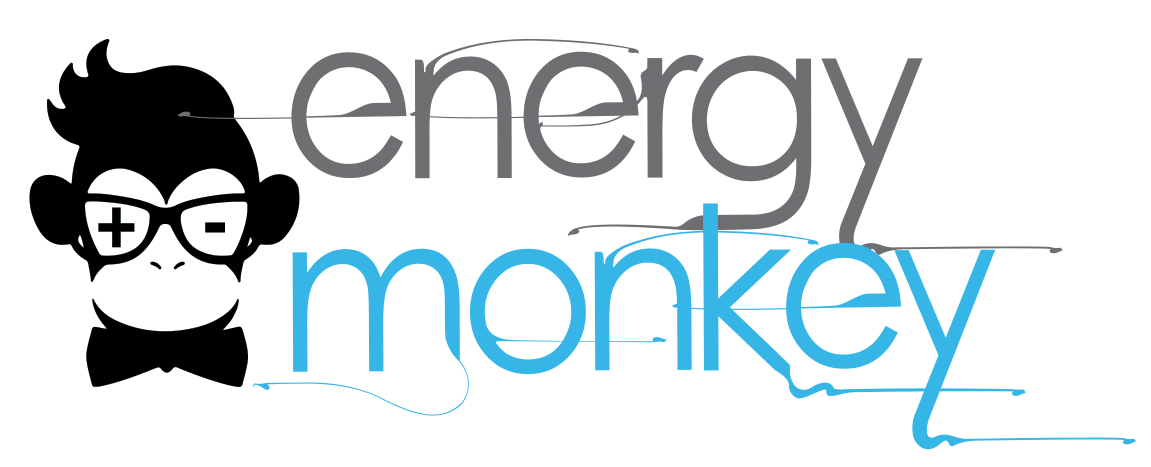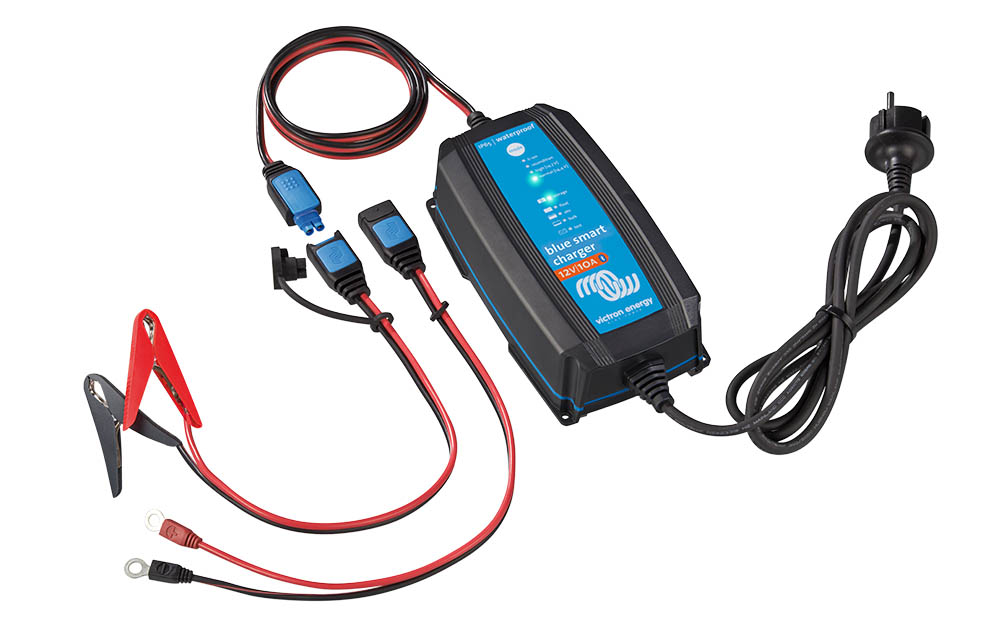Latest News
How do lithium-ion battery chargers work?
A world without lithium-ion batteries is hard to imagine. The technological advancements that we speak of are possible because of the invention of lithium-ion batteries. While these batteries provide excellent performances, we have to charge them for their proper functioning.
Recharging and charging are possible because of chemical reactions that occur inside the battery. The lithium-ion charger is generally a device which has voltage-limiting capacity. What makes lithium-ion chargers different from the lead-acid battery charger is the high voltage capacity each cell.
In addition to this, voltage tolerance in the lithium-ion charger is much tighter than that of a lead-acid battery.
We have to pay more focus on the internal setting of the battery as lithium-ion cannot take overcharge.
The mechanism behind lithium-ion battery chargers
There are three basic elements in a lithium-ion battery – cathode, anode, and electrolyte. The cathode is the positive electrode, the anode is the negative electrode, and the electrolyte is something that is liquid inside the battery.
Lithium-ion is positively charged metal which passes from anode to cathode. On the other hand, electrons move spectacularly from the cathode to anode. This is the mechanism of discharge.
Charging is the opposite reaction to discharging. In this process, we will see the positively charged lithium-ions being passed from a positive electrode to a negative electrode. However, in the case of electrons, they are passed from anode to cathode in an orderly fashion.
This is how Lithium-ion battery chargers work, and due to the simultaneous movement of electrons, we call it rocking chair battery.
How to charge cobalt coated lithium-ion battery?
Having seen how Lithium-ion battery chargers work, here we will look into the mechanism in an elaborative way.
The chargers can charge up to 4.20V per cell. This is for more of the conventional types. In the case of some of the best Lithium-ion battery chargers, they can charge up to 4.30V per cell, or even more than that.
Manufacturers usually advise keeping the charge rate between 0.5C and 1C. The charge rate is kept between this range to avoid stress. Typically, the lithium-ion chargers need two to three hours to charge up.
These chargers might see a rise in temperature of around 9°C. Lithium-ion chargers like the Victron IP65 have special in-built technology to manage heat and the special charging algorithm for managing lithium-ion batteries that has been rigoursly tested and proven to maximise the batteries life.
It is also advised not to charge lithium-ion batteries fully because it may trigger stress due to high voltage. The shelf life of the battery will be increased if the threshold of the voltage is lower comparatively.
How do we charge non-cobalt coated Lithium-ion battery?
How lithium-ion battery chargers work if it is not cobalt coated?
Non-cobalt related lithium-ion battery chargers can charge up to 3.65V. One of the most used non-cobalt coated lithium battery chargers use lithium titrate. However, these non-cobalt coated lithium-ion battery chargers are not more efficient than typical cobalt coated lithium-ion battery chargers.
With that being said, the key point remains the same. Lithium-ion battery chargers are far better than the ones that come with a lead-acid battery.
Victron Energy IP65 Lithium-Ion Battery chargers Blue Smart IP65 Charger is the leading new professional battery charger that even has built-in bluetooth. The Blue Smart IP65 Charger has a seven step alogorithm to charger Lead, AGM, GEL, and Lithium-Ion batteries. They are can be used on devices in your workshop and on motor vehicles, such as (classic) cars; motorbikes; boats and camper-vans.
For more information on Victron Lithium-ion charger’s please contact Energy Monkey Ltd on 01452 699300 or send us a message.


